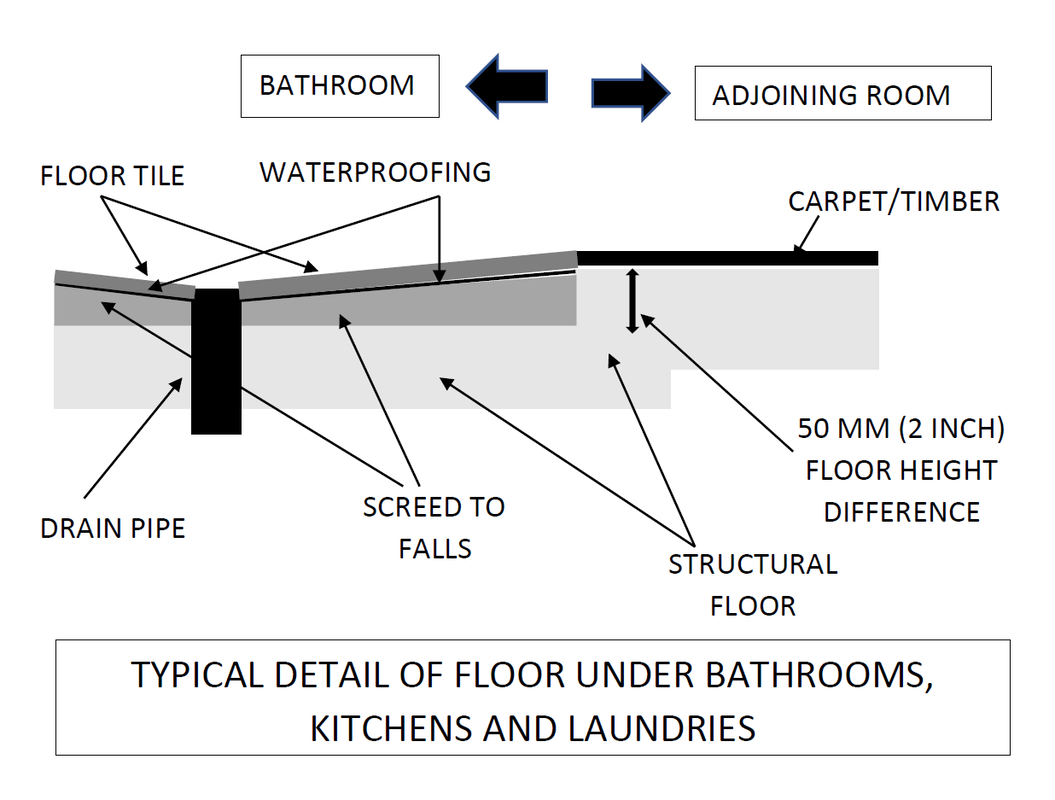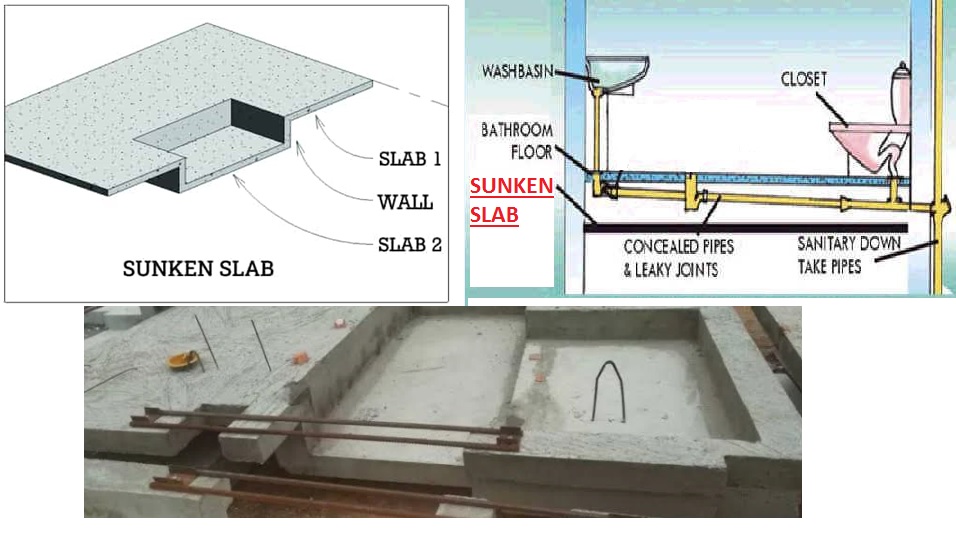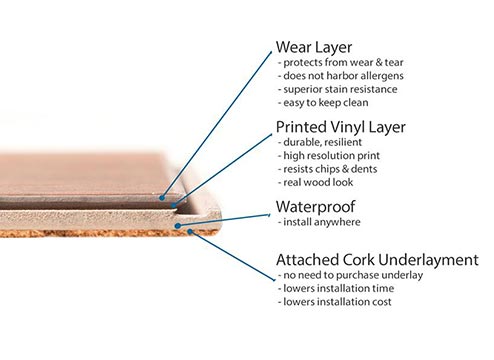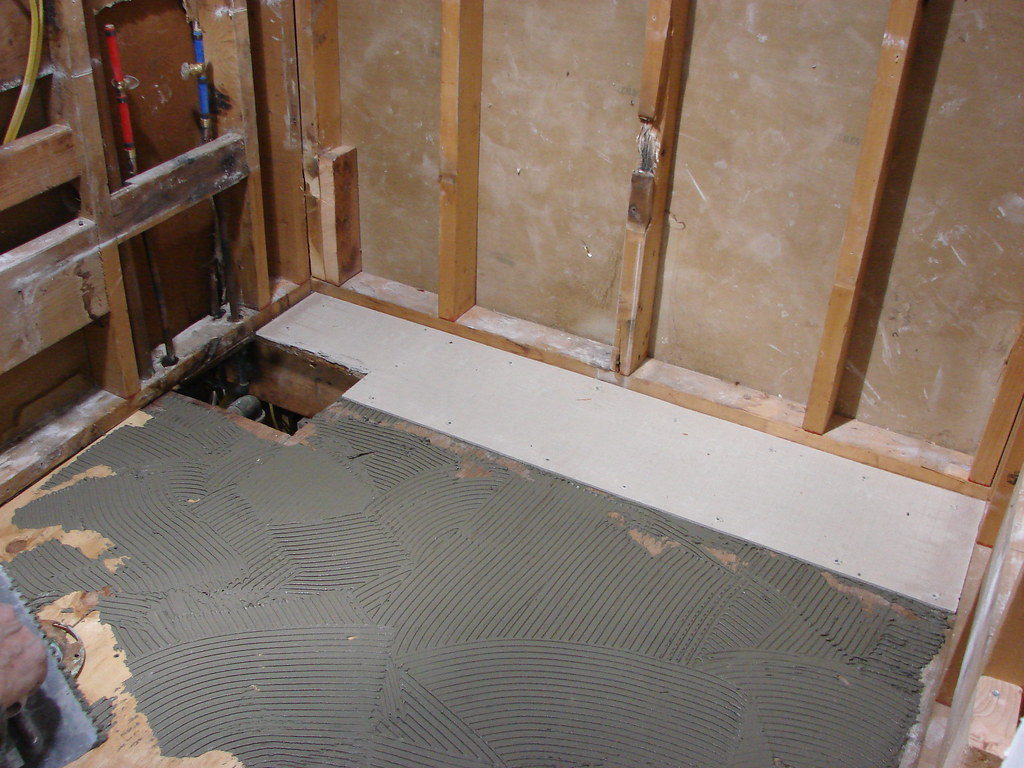Picture this: a bathroom that’s not just functional, but also a reflection of your personal style and comfort. From the moment you step in, the flooring underfoot sets the stage for your daily routine. Today, I’m here to delve into the world of bathroom floor construction. We’ll navigate through various materials, construction methods, and the important factors you need to consider to create a bathroom floor that’s not only visually appealing but also practical and durable.
Choosing the Right Bathroom Flooring Material
When it comes to bathroom flooring, the choices can be overwhelming. From the classic elegance of tile to the modern versatility of vinyl, each material has its own unique charm. Tile flooring, be it porcelain, ceramic, or natural stone, is a popular choice due to its water-resistance and durability. On the other hand, vinyl flooring is like a superhero in moisture-prone areas, boasting a wide array of styles and patterns. If you’re dreaming of warmth and timeless beauty, engineered hardwood might be your go-to. And let’s not forget laminate flooring, which offers simulated wood or stone looks at a budget-friendly cost.
Methods of Bathroom Floor Construction
Beneath that stunning bathroom floor lies a foundation that determines its longevity. A concrete slab provides a solid base, ready to be tiled directly onto. But if you’re opting for more flexibility, a stable subfloor – often made of plywood or cement backer board – along with an underlayment offers a great solution. For those areas exposed to water, like showers, waterproof membranes step in to protect the structure from potential damage.
Considerations for Bathroom Floor Construction
Moisture and water resistance take center stage in the bathroom. The high humidity levels demand materials and methods that can stand up to the challenge. Slip-resistance is another crucial aspect – think textured surfaces or slip-resistant coatings that ensure your bathroom is a safe haven. Comfort matters too. Underfloor heating systems are becoming increasingly popular, offering a touch of luxury as you step onto a warm floor. And let’s not forget longevity and maintenance; finding that perfect balance between durability and ease of care is key.
Installation and Professional Expertise
Ah, the big question: DIY or hire a professional? Bathroom floor construction is a bit of an art, requiring expertise to ensure everything comes together seamlessly. While some might take on the challenge themselves, hiring a skilled contractor can save you headaches and ensure the job is done right. Their experience and knowledge of the best practices make a significant difference in the final result.
Environmental Considerations
If you’re environmentally conscious, you’ll be pleased to know that there are sustainable flooring options for your bathroom. From recycled materials to eco-friendly production methods, you can make choices that align with your values. Proper disposal and recycling are also part of the equation, contributing to a more sustainable approach to bathroom renovations.
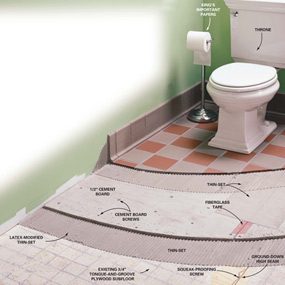
Trends in Bathroom Floor Construction
If you’re looking to infuse your bathroom with personality, consider patterned tiles and mosaics. These can transform a simple space into a work of art. Seamless transitions are also gaining traction, making sure your bathroom’s design flows naturally from one area to another.
Budget Considerations
Let’s talk dollars and cents. Your bathroom floor construction budget encompasses material costs, installation expenses, and long-term value. While high-end options might be tempting, don’t overlook the value of investing in durable materials. Spending a bit more upfront can save you from frequent replacements and repairs down the line.
As you consider revamping your bathroom, remember that the floor beneath your feet plays a vital role in the overall experience. From materials to methods, and everything in between, every decision you make contributes to the comfort, style, and functionality of your bathroom. So, armed with the knowledge of bathroom floor construction, go ahead and create a bathroom that not only reflects your personal taste but also stands the test of time – one step at a time.
How to Tile a Bathroom Floor Ceramic floor tiles, Home
Leveling a Bathroom Floor JLC Online
Construction: The Bathroom Floor An Eclectic Mind
Home Improvement Blog – Construction Project Management Services
Sunken Slabs: Construction and Applications – The Constructor
Best Bathroom Flooring Options
Bathroom Remodeling Tips: Choosing a Subfloor Material
Designing barrier-free bathrooms – Page 2 of 3 – Construction
Cross-sections of bathrooms for which the (a) UBR system and (b
A Builder Checks the Surface Level of Tiles Laid on the Bathroom
Bathroom Floor Layers Construction with Sand and Gravel before
Related Posts:
- Bathroom White Cabinets Dark Floor
- Bathroom Floor Tile Ideas Images
- Rubber Flooring Bathroom Ideas
- Mosaic Tile Patterns Bathroom Floor
- Master Suite Bathroom Floor Plans
- Wood Floor Bathroom Pictures
- Bathroom Floor Tile Patterns Ideas
- Bathroom With Grey Tile Floor
- Dark Wood Floor In Bathroom
- Victorian Bathroom Vinyl Flooring
Bathroom Floor Construction: A Comprehensive Guide
The bathroom is one of the most important rooms in the home. It is where you go to take care of your needs and to relax and unwind after a long day. As such, it is essential that the bathroom floor is constructed well and with care. From deciding on the material to be used to laying down the base and installing the flooring, there are several steps involved in bathroom floor construction. This guide provides a comprehensive overview of bathroom floor construction and offers helpful tips for ensuring a successful outcome.
Choosing a Material
The first step in bathroom floor construction is choosing a material for the floor. There are several options available, including ceramic tile, vinyl, laminate, stone, concrete, and hardwood. Each of these materials has its own advantages and disadvantages. Ceramic tile is water-resistant and easy to clean, but can be expensive and difficult to install. Vinyl is inexpensive and easy to install but may not be as durable as other materials. Laminate is also affordable but can be susceptible to water damage. Stone is beautiful and durable, but also more expensive than other materials. Concrete is very durable but can be difficult to install. And hardwood is beautiful but can warp if exposed to too much moisture. It’s important to consider each option carefully before making a decision.
Preparing the Base
Once a material has been chosen, it’s time to begin preparing the base for the bathroom floor. This involves removing any existing flooring, checking for any water damage or structural issues, and ensuring that the surface is level and even. If necessary, repairs should be made before proceeding with the installation of the new bathroom flooring.
Installing Underlayment
Once the base has been prepared, it’s time to install an underlayment. This is an important step as it provides additional protection against moisture damage and helps ensure a smooth finish for the new flooring. The type of underlayment used will depend on the type of material being installed as well as local building codes. For example, cement board should be used beneath tile while foam or felt should be used beneath vinyl or laminate floors.
Laying Down the Floor
Once the underlayment has been installed, it’s time to lay down the actual flooring material. Depending on the material chosen this could involve anything from adhering tiles to the subfloor using mortar and grout to laying sheets of vinyl or laminate directly onto the underlayment. Again, it’s important to follow all manufacturer instructions when installing the flooring in order to ensure a successful outcome.
Finishing Touches
Once all of the flooring has been laid down, it’s time for some finishing touches such as trimming around doorways or edges and adding transitions between different types of flooring if necessary. This can help give any room an extra bit of polish and ensure that all of the materials flow together nicely.
FAQs About Bathroom Floor Construction
Q: What type of material is best for bathroom floors?
A: The best type of material for bathroom floors really depends on personal preference and budget. Ceramic tile is water-resistant and easy to clean but can be expensive and difficult to install, while vinyl is inexpensive and easy to install but may not be as durable as other materials. Stone is beautiful and durable but more expensive than other materials while concrete is very durable but can be difficult to install. Hardwood can be beautiful but can warp if exposed to too much moisture so it may not be ideal for bathrooms with high levels of humidity or moisture exposure.
Q: What type of underlayment should be used beneath bathroom floors?
A: The type of underlayment used beneath bathroom floors will depend on the type of material being installed as well as local building codes. For example, cement board should typically be used beneath tile while foam or felt should usually be used beneath vinyl or laminate floors. It’s important to consult with a professional before installing any type of underlayment in order to ensure that it meets all local building codes and that it




